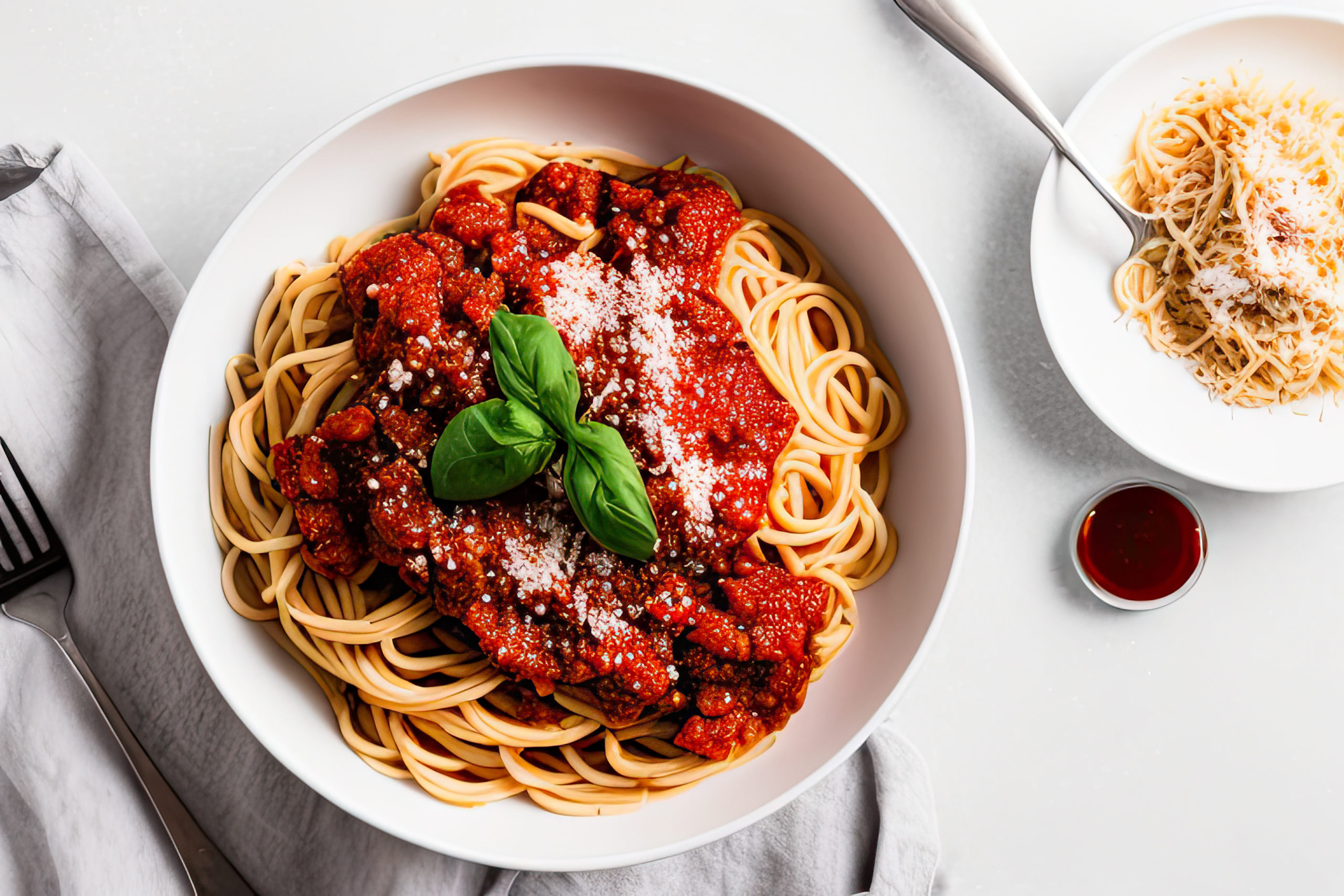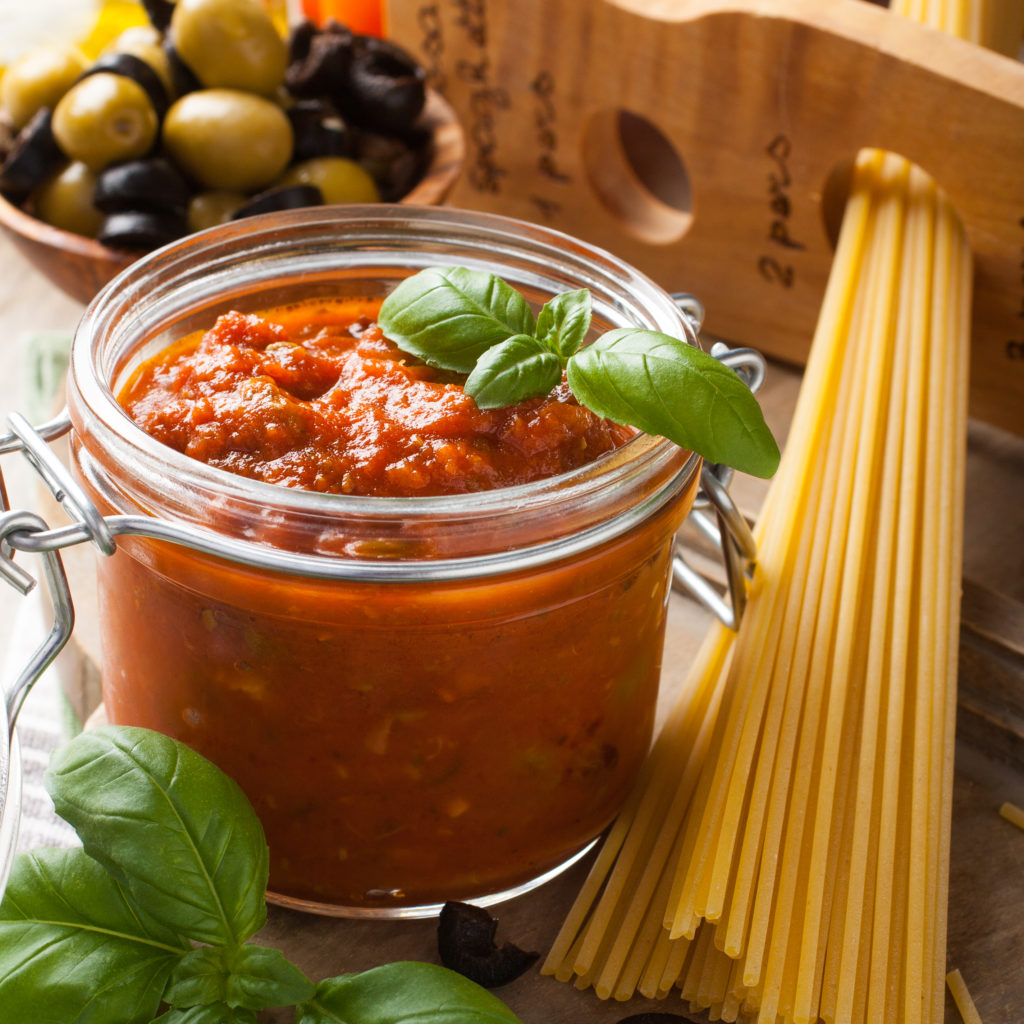Pasta is a popular dish in many parts of the world, and Malaysia is no exception. From creamy carbonara to classic tomato sauce, there are many different types of pasta sauces that can make your meal more delicious. Due to these Italian dishes’ fresh flavours, customisability, and versatility, it’s no surprise that pasta is one of the types of dishes Malaysians choose to eat when they are craving something Western. There are so many variations of pasta sauces in existence, but we will focus on the ones that are most popular in Malaysia in this article. Below are the names and ingredients of the popular sauces, but many people adjust them to fit their taste preferences.

Tomato Sauce
This true classic sauce type is made with tomatoes, onions, garlic, olive oil, basil, oregano and other seasonings. It’s a simple but delicious sauce that can be used on any type of pasta.
Bolognese Sauce
Almost any Italian restaurant will have the classic Bolognese sauce. It is a meat-based sauce that uses ground beef, soffritto (celery, carrot, onion), tomato paste, and milk. It is so versatile that it goes well with a selection of pasta noodles such as spaghetti, tagliatelle, and rigatoni. This dish is usually served with grated Parmesan cheese on top.
Marinara Sauce
Another tomato-based sauce but it is made without meat. It usually includes onions, garlic, herbs such as oregano and basil, and red wine or olive oil. This sauce can be used on any type of pasta as well as other dishes such as pizzas or lasagnas.
Alfredo Sauce
Another classic dish is made with a creamy sauce made of butter, cream, Parmesan cheese, and garlic. Alfredo is typically paired with fettuccine noodles but can also serve as a dip for breadsticks. Additional ingredients such as mushrooms or sun-dried tomatoes may be included to enhance the flavor.
Ricotta Cheese Sauce
A creamy white sauce made with ricotta cheese, butter, garlic, and herbs. This sauce is often served on top of penne or fettuccine noodles.
Olive Pasta Sauce
This sauce is made with extra-virgin olive oil, garlic, onion, olives, and herbs. It is often used to dress up pasta dishes such as spaghetti or penne noodles.
Napoletana Pasta Sauce
This tomato-based sauce is made with tomatoes, garlic, oregano and herbs. It is usually served with spaghetti or penne noodles and topped with grated Parmesan cheese.
Arrabbiata Pasta Sauce
A spicy sauce that is made with tomatoes, chili flakes, garlic, and herbs. It can be used to dress up any type of pasta dish and is often served with spaghetti or penne noodles.
Basilico Pasta Sauce
Made with tomatoes, basil, garlic, and herbs. This sauce is often served on top of spaghetti or penne noodles. It can also be used to dress up other types of dishes such as lasagna and pizza.
Aglio Olio
For those who want a simple sauce for a simple dish, simply add olive oil, garlic, and crushed red pepper flakes for a dish called aglio olio pasta.
Pesto Sauce
A vibrant green sauce made of basil, pine nuts, parmesan cheese, and olive oil, this condiment is used in combination with any type of pasta dish, but it is often served on top of spaghetti or linguine noodles.

Store-bought or Homemade Sauces
Pasta recipes are a popular go-to for many people around the world because of their versatility, customisability, and simplicity. From slow-cooking cherry tomatoes and fresh tomatoes to make the best tomato sauce for your plate of pasta to a simple combination of olive oil, garlic, and crushed red pepper flakes in aglio olio, there’s something for every fan of pasta. No matter what kind of pasta dish you’re making, using fresh pasta noodles and using the finest ingredients available is the key to making dishes with delicious taste. Keep in mind that some types of pasta noodles are better suited for certain sauces because different shapes of pasta are made to specifically suit the way it holds the sauce.
For those who prefer not to make homemade sauces, there are now store-bought options available in Malaysia. These make cooking pasta dishes even more easy and convenient. However, it is important to check the ingredient list to ensure they contain quality ingredients and no artificial flavouring.








